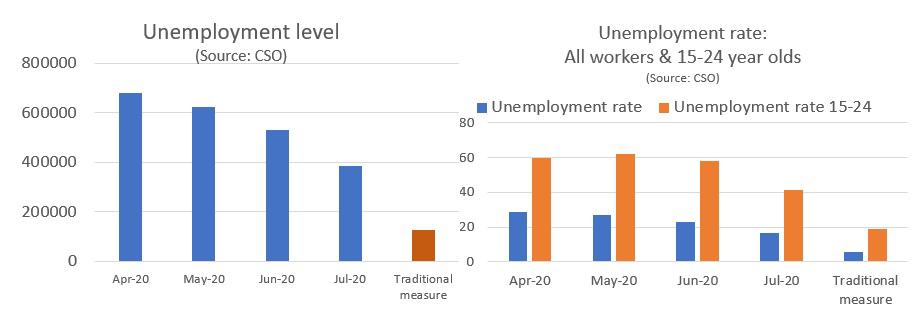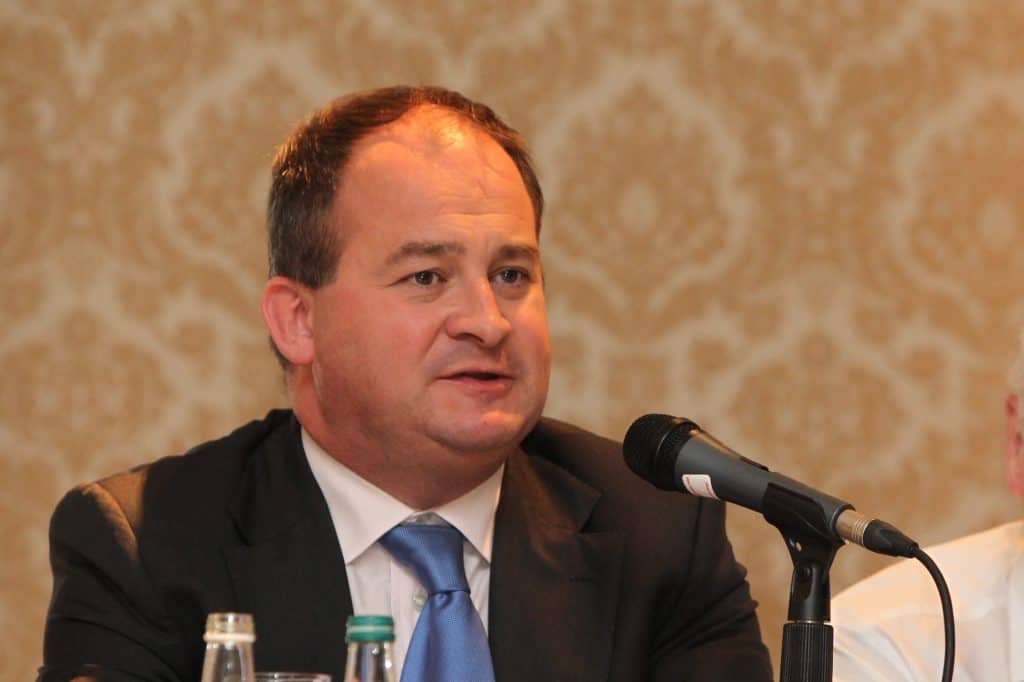Pictured: Marc Coleman, Founder, Octavian Research and Public Affairs
Marc Coleman is Founder of Octavian Research and Public Affairs consultancy. In this guest post he asks, “will the fall in unemployment survive a second lockdown?”
The two charts below show a welcome fall in unemployment since the peak levels recorded of April last. Moreover, if the trajectory of decline continues – a fall of nearly 300,000 in the last three months – unemployment could approach its normal level as indicated by the orange bar in the first chart below.
The first caveat to this is, of course, that in the last four months, the lockdown has been winding down and employers and investors have been working on the assumption that the previous government’s 5 stage lockdown wind down will be adhered to.

If, on the other hand, the wind-down is stalled or delayed, there is the possibility that unemployment could begin to rise. It is worth repeating that the most vulnerable sectors of the economy – both to Covid-19 restrictions and to the looming reality of Brexit – are more volatile sectors prone to cyclical swings in unemployment. They are also the sectors with relatively higher shares of younger workers. Here the second chart shows an alarming disparity between rates of unemployment for the whole workforce (16.7 per cent) and for the 15-24 age group (a much higher 41.2 per cent).
It is worth repeating that the most vulnerable sectors of the economy – both to Covid-19 restrictions and to the looming reality of Brexit – are more volatile sectors prone to cyclical swings in unemployment.
Meanwhile, the CSO also reported this week that the population of the twenty six counties of the Republic is now likely to exceed 5 million for the first time since the famine. At 4,980,000 as of last April, the trajectory of population growth in the year to April was approximately 55,000. Assuming a continuation in this trajectory (some fall off may occur later this year) we are likely to be passing the 5 million mark sometime around early September. At over two million, this means that the number of workers in the economy is sufficient to sustain a ratio of one worker for every 1.5 dependants. It may be of little comfort to those who have lost their jobs, but it is a statistic that shows that, with the right support mechanism, there are enough people in employment to shoulder the burdens ahead. It is a feature not all economies can boast of and one we should be grateful for.
In the here and now however, the government faces a dilemma and a possible policy trade off between curbing the curve completely or continuing to reduce unemployment.
Three steps forward, one step back
The concern voiced by the National Public Emergency Health Team about a rise in the number of Covid-19 cases is certainly warranted to some degree. Then again it must be noted that neither they nor the many who signed a recent letter to the Irish Times urging government to “crush the curve” will lose their jobs in this crisis.
The additional issue is whether their proposed response is proportionate. The chart below shows the number of new cases of Covid-19 recorded in each period from mid-month to mid-month since the start of the crisis in March. The figures for Ireland (in blue) should be read from the left-hand axis. They show that in the mid-July to mid-August period over 1,500 new cases were recorded. This exceeds the number of new cases recorded between mid-May to mid-June.
After “three steps forward” – from mid-March to mid-April, mid-April to mid-May, and mid-May to mid-June, respectively – the fight against Covid-19 appears to have taken a step back in the last five weeks.
However, several points need to be made:
- Firstly, comparing recent developments with late spring do not compare like with like: In late spring the country was in lockdown and case rises were happening despite a far lower level of public contact. The fact is that we are still at monthly infection rates far below those recorded in spring despite the lockdown ending.
- Secondly, public health measures were not fully in place in March or April
- Thirdly, public awareness of the virus and how to tackle it was lower
- Finally, given rising global infection further rises may be unavoidable unless Ireland is to become a hermit kingdom. The best policy option may be to focus away from preventing Covid-19 cases and towards preventing deaths through a more demographically defined strategy.

